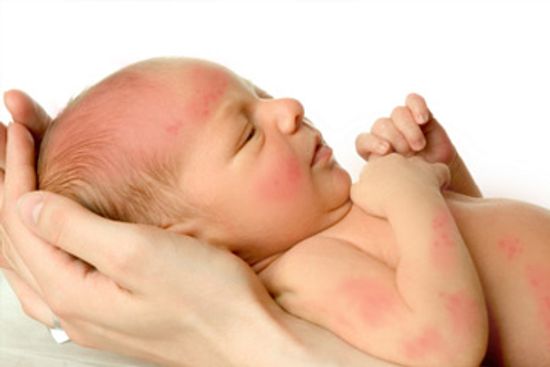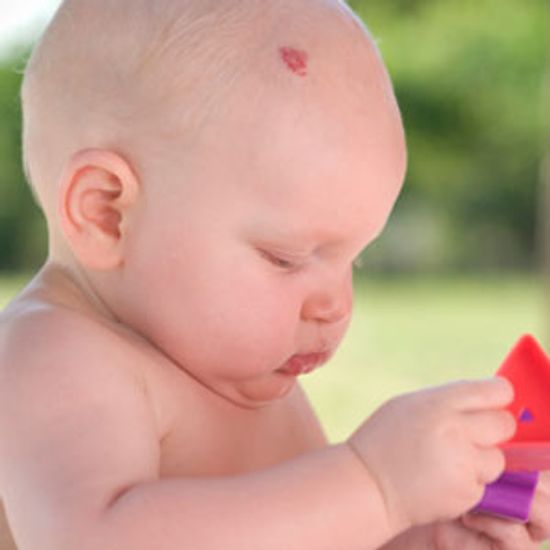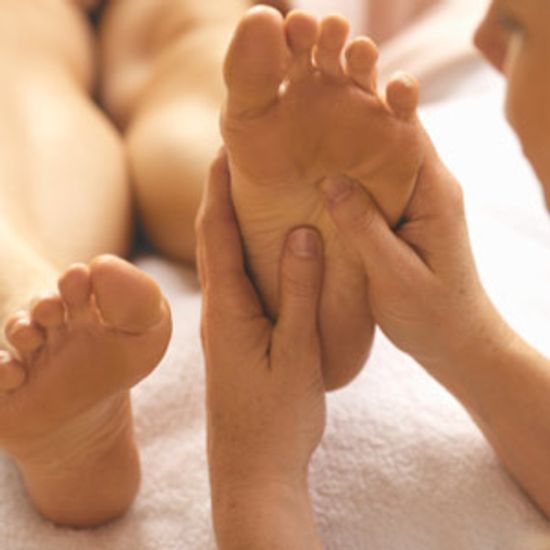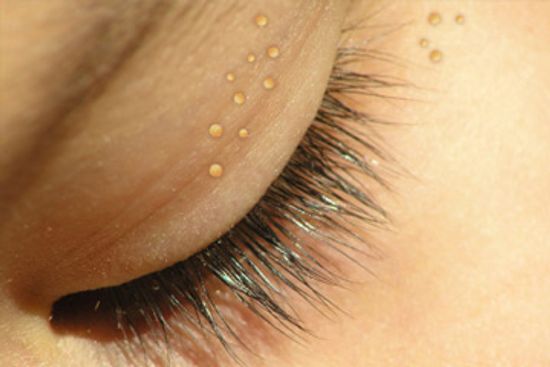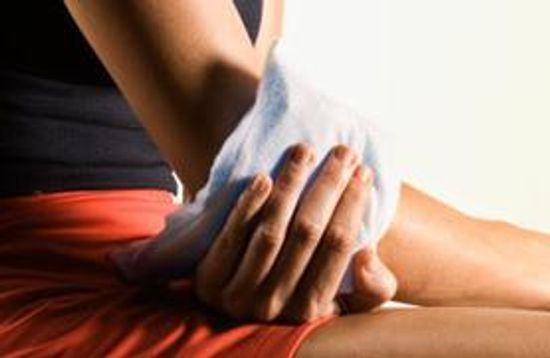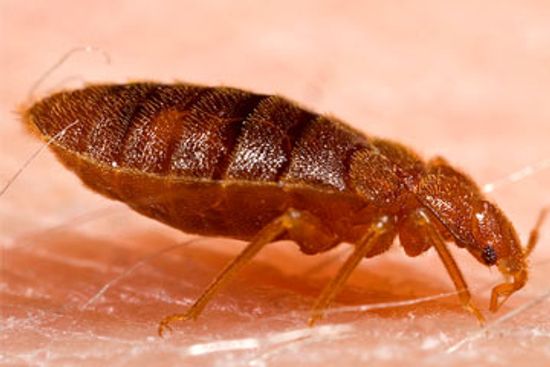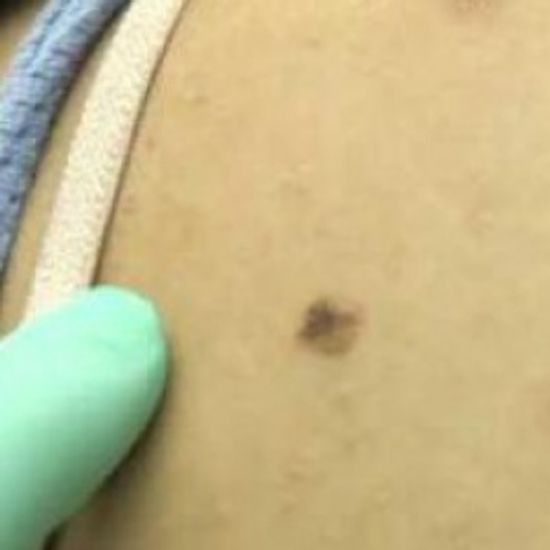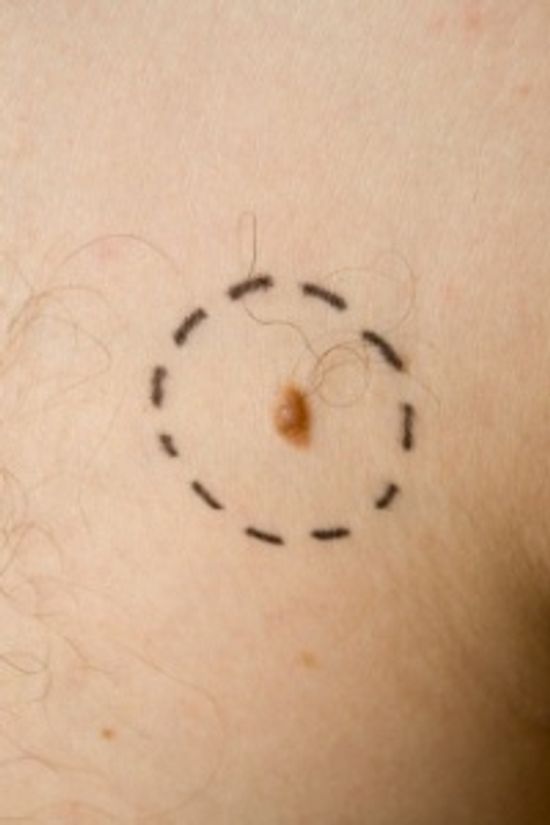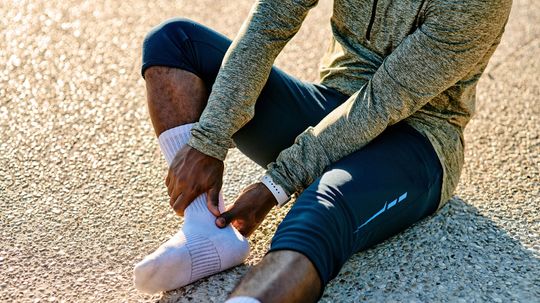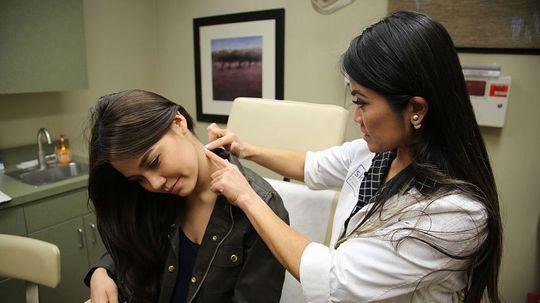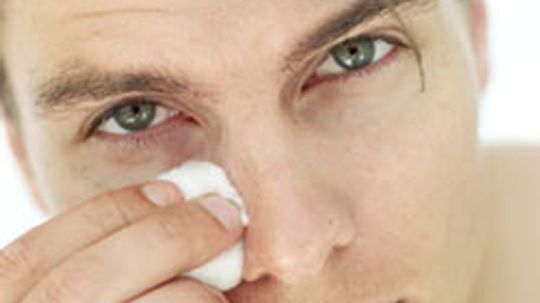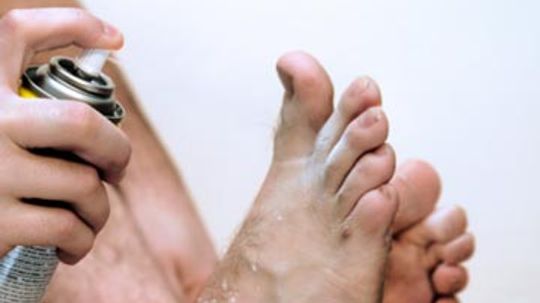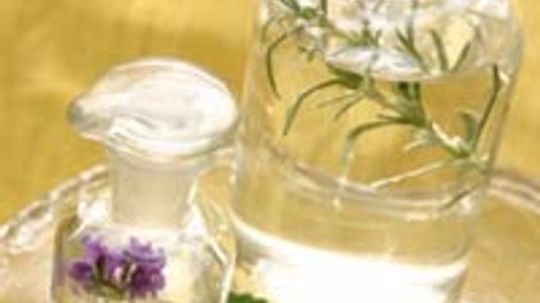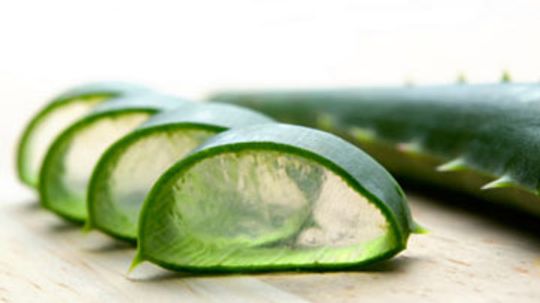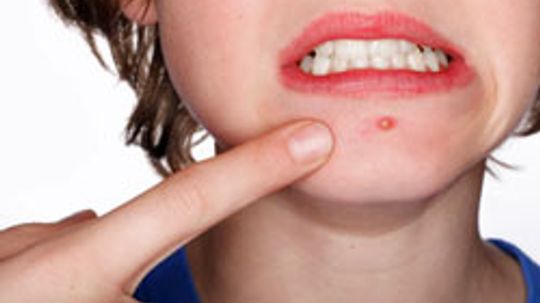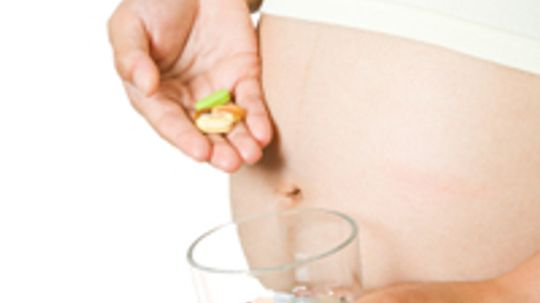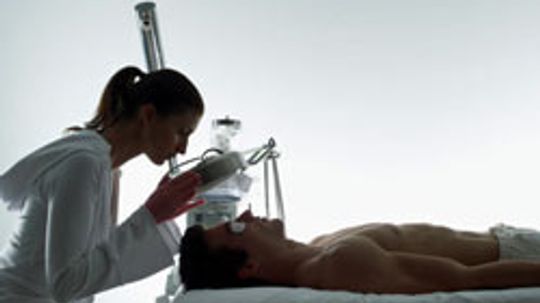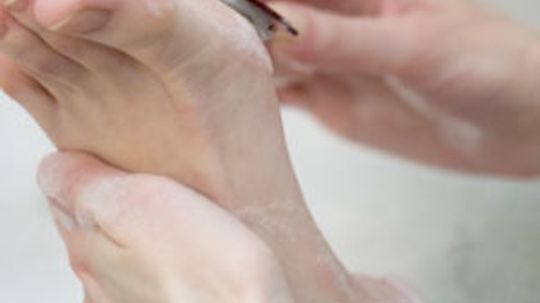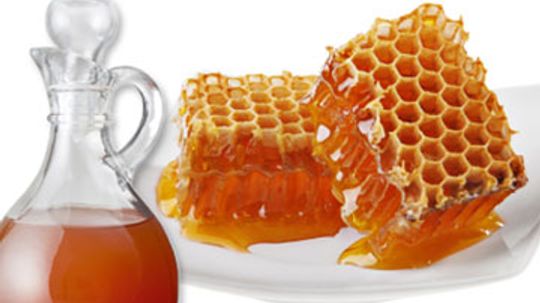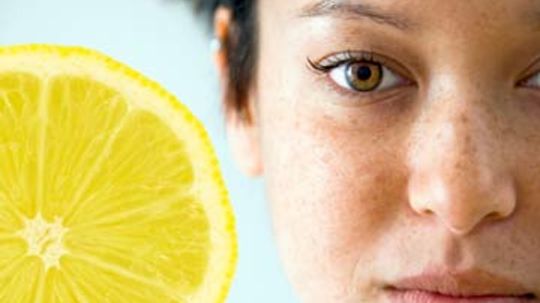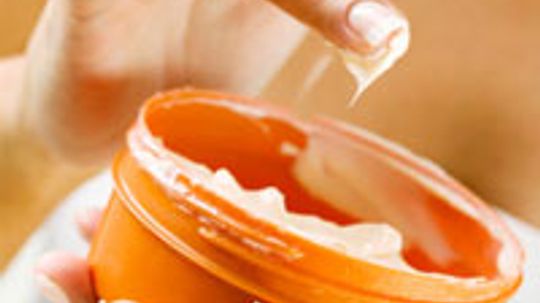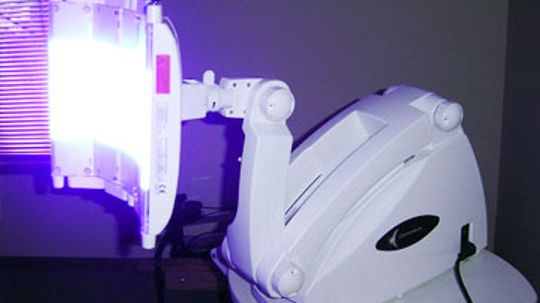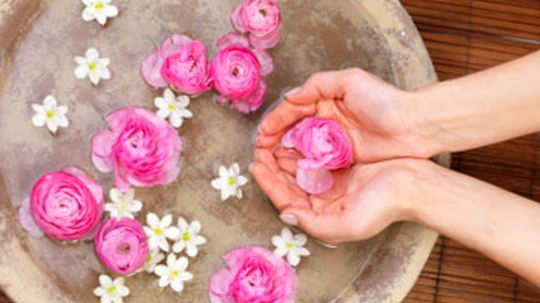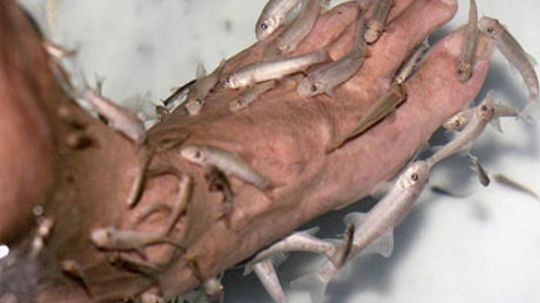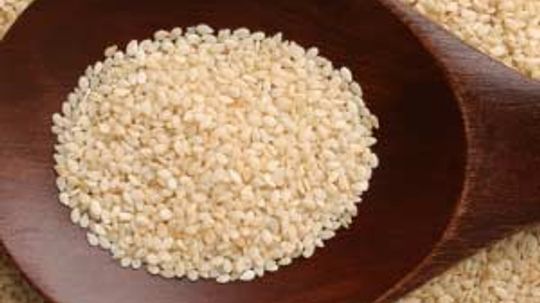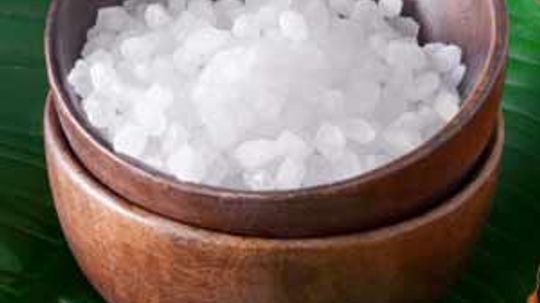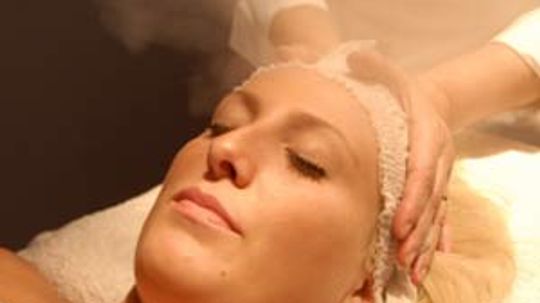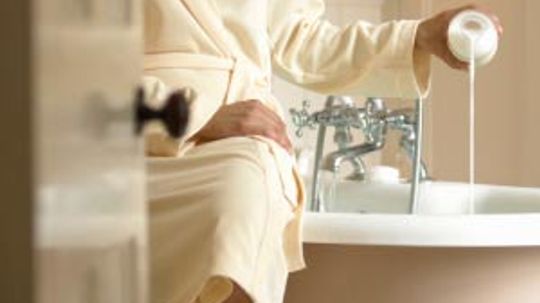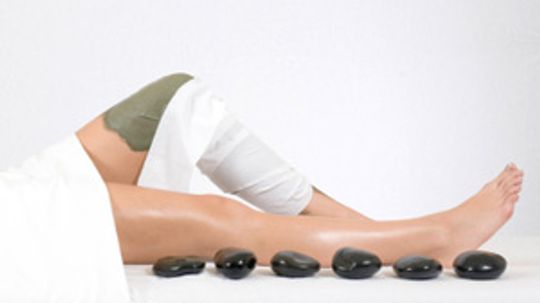Treating Skin Problems
Treating skin problems can be tricky without a proper diagnosis. Learn more about treating skin problems at HowStuffWorks.
Learn More
It's so gross-looking you're really tempted to prick it and let out the ooze. But what would a doctor say?
By Alia Hoyt
If you're one of those people who can't resist putting your fingers to work when you spot a pimple on your face, there's a scientific reason for why it feels so good.
By Alia Hoyt
Under-eye puffiness doesn't do your face any favors. Get the do's and don'ts (we're looking at you, hemorrhoid cream) for reducing under-eye puffiness
Advertisement
What are flat warts? Learn five easy ways to treat these harmless spots and rid yourself of flat warts for good.
You've been working in the yard, ripping out all those unwanted weeds. Now you're scratching a small red patch and wondering where it came from. Could it be a skin rash?
It's a fact of life: As we age, the body's skin loses its elasticity. But, there are ways to slow the process.
Gettingathlete's foot is the closest most of us will ever come to being an athlete, but aside from its familiar moniker, this fungal infection really has nothing to do with sports. When the symptoms arise, these remedies could offer relief.
Advertisement
Although sandpaper could remove a tattoo, it's not worth trying it. Learn about whether sandpaper can remove tattoos.
It cools. It stimulates. It reduces coughing. It disinfects. But can camphor, an oil obtained from trees or synthesized from turpentine, treat skin problems?
Do herbal remedies really work? The jury's still out on most, but a few have proven effective. Aloe vera is a proven example of a botanical treatment that works on most -- but not all -- skin problems.
By Josh Clark
Acne strikes us all once in a while -- even babies. Our instinctual response to pick at it and cancel our social engagements doesn't help in the least, but fortunately, there are some treatments available that can.
By Tom Scheve
Advertisement
Tretinoin is a drug derived from vitamin A that has beneficial effects and some serious side effects, too. What skin conditions can it treat and who should avoid taking tretinoin altogether?
When you're desperate to get rid of a pimple, you're willing to try just about anything to make it go away. You might be surprised by some methods of blemish elimination -- especially since some of them haven't been proven to work at all.
By Tom Scheve
If your boots were made for walking, chances are you've picked up some calluses along the way. Is it alright to file away at hardened skin with a foot scraper? And what should you consider if you have diabetes?
Individually, honey and vinegar both have properties that can potentially soothe and smooth skin. But what are the advantages to using these ingredients at the same time?
Advertisement
Lemon juice is a strong food acid that can do everything from relieve a sore throat to brighten your laundry whites. You may have heard that it can also get rid of freckles. Is this true, or is it more of a temporary solution?
Shea butter is a common ingredient in moisturizers and scar prevention creams. But how well does it actually work as a means for making existing scars disappear?
Blue-light therapy helps clear acne by attacking the bacteria that causes it to spread, but the procedure doesn't work for everyone. Who can benefit from Blu-U treatments?
Rose water is probably best known for its aromatic benefits, but it can actually make you look better, too. What gives this byproduct of distillation its healing properties?
By Aida Duncan
Advertisement
Looking for an exfoliation alternative? The controversial use of doctor fish, banned in at least 14 states, is supposed to help to get rid of dead skin cells that haven't sloughed off naturally.
Sesame oil is known for adding flavor to many kinds of exotic dishes, but a similar version of it might also add some spice to your skin care routine. What can this oil do for your skin?
For generations, people have been taking Epsom salt baths to cure their ills. What is it about this naturally occurring compound that makes it so trusted?
Face steaming is a common treatment for cleaning pores and helping skin products penetrate better. You can do it at home, but knowing the proper way can help you avoid harming your skin.
By Susan Sentry
Advertisement
It's no secret that the nutrients from a glass of milk hold plenty of benefits for your health. But can bathing in milk be as good for your skin as drinking it is for the rest of your body?
Mineral body wraps are a spa treatment that can supposedly take inches off your waistline in an hour's time. Does such a treatment get rid of fat, or just make you look as though you did?

